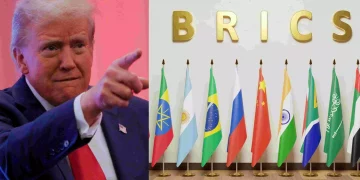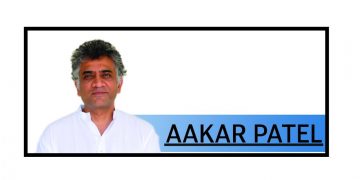agencies
New Delhi, May 3: Notwithstanding the tall claims of the Narendra Modi-led government at the Centre regarding unearthing of hordes of black money during its three-year tenure, in its latest report, Global Financial Integrity has revealed that estimated black money worth $21 billion was illegally taken out of the country in 2014.
In its report, the international watchdog also revealed the illegal inflow of $770 billion into India during 2005-2014. The report also identified India as the “parking spot” for around $101 billion during 2014, 11 per cent higher than that in the corresponding period in 2013.
The startling report, titled ‘Illicit Financial Flows to and from Developing Countries: 2005-2014’, said that between $620 billion and $970 billion was drained out across all emerging markets, mainly through the trade fraud route. Overall, illegal inflows and outflows were estimated to constitute 14-24 per cent of total developing country trade between 2005 and 2014.
The highly detailed report is being considered far more specific compared to its predecessors, as GFI published it only after analysing information on international trade and balance of payments.
The report also went to the extent of including data from various sources where data provided by the International Monetary Fund proved to be insufficient, as well as Swiss data on gold exports, which collectively led to a revision of inflow and outflow figures of India.
According to Joseph Spanjers, an economist and a co-author of the report, due to India’s large imports of gold from Switzerland, rectifying this data issue significantly closed observed bilateral trade gaps between the two countries.
In spite of the report presenting a range of estimates for inflows and outflows for India, economists have termed both the lower as well as higher ends of the range as ‘conservative,’ considering that it was difficult to trace the entire illegal transactions. However, the higher end of the range is closer to previous years’ estimates, while the lower end only takes into account trade gaps with developed economies, Spanjers said.






































